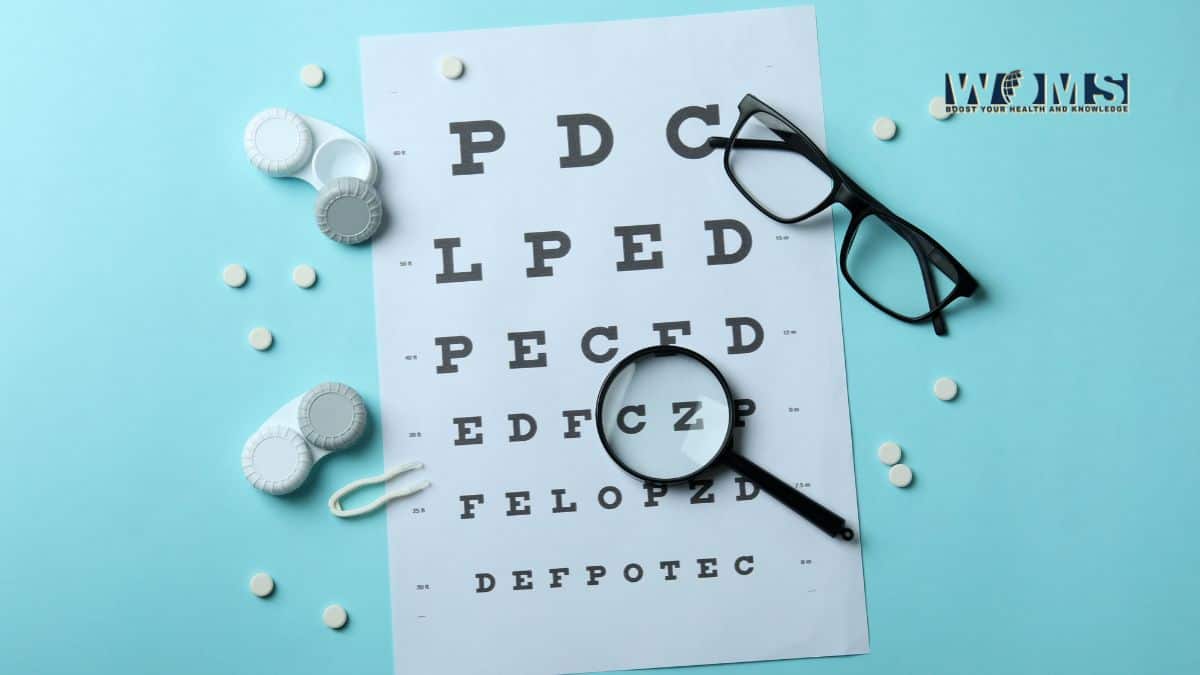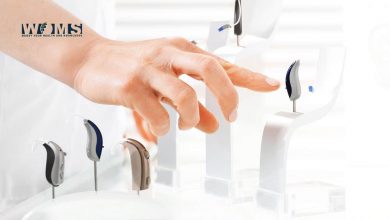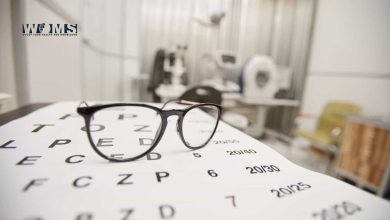Rethinking Your Vision Correction Choices

Although some people with poor vision choose surgical procedures for permanent solutions, the majority still turn to corrective lenses. Advancements in eye care happen rapidly, and you may be unaware that you have many options when choosing your lenses.
If you are under the impression that you have limited choices regarding corrective lenses, it’s time to have an in-depth conversation with your optometrist or ophthalmologist. Here’s some general information to prepare you for your next appointment.
Advances in Contacts
When it comes to corrective lenses, patients can go with glasses or contact lenses. According to thevisioncouncil.org, nearly 80% of American adults use vision correction, but only 22% of those needing to correct their eyesight use contacts. This may well be because consumers are unaware of the many recent advances in contacts.
Many patients have been told in the past that they are not good candidates for contact due to issues such as astigmatism, extreme myopia or dry eye syndrome. Others may have tried contacts in the past and found them too irritating or difficult to use. In either case, what was once a hindrance may be no longer because of advances in lens technology.
Rigid Gas Permeable Lenses
For those who need or prefer rigid lenses, today’s RGP options are far superior to the hard lenses you may have tried before. These lenses provide the best flow of oxygen to the cornea, accurate vision correction for extreme myopia and significantly more comfort than the rigid lenses of the past.
Soft Contacts
Once soft contacts were only an option for those with minor correction needs who were willing to sacrifice visual sharpness for comfort. This is no longer true.
Soft contacts are now available in a wide range of strengths and can address nearly any visual correction need. Soft contacts are also available for extended wear, giving glasses wearers the unique pleasure of waking up in the morning with perfect eyesight.
Toric Lenses
Corneal astigmatism once prevented many patients from experiencing the benefits of contacts, but that is no longer the case. Available in either rigid or soft lenses, a toric lens is created to fit the exact contours of the cornea and counter the effects of astigmatism.
Multifocal Lenses
Gone are the days when patients needing bifocal or multifocal lenses had to forgo contacts entirely or pair them with single-vision glasses for reading. Today’s lenses offer wearers the freedom of contacts combined with the convenience of multifocal vision.
Scleral Lenses
These rigid lenses are a welcome solution for those with irregular corneas due to eye disease or surgery and those with extremely dry eyes. They can also help patients with highly sensitive eyes who cannot tolerate regular contact.
Scleral lenses are wide-diameter, rigid lenses that rest on the white of the eye rather than on the sensitive cornea, making them very comfortable. They also provide a sealed dome over the corneal that retains liquid.
Variety in Eyeglasses
Millions of patients choose eyeglasses as their preferred method to correct their vision. They prefer the ease, comfort and flexibility of glasses; however, they don’t appreciate the inflexible aesthetic.
One of the coolest trends in glasses today is magnetic, interchangeable frames. Available from many manufacturers, these frames come with a selection of alternative toppers that can completely alter their look.
Glasses wearers often find themselves having to choose between a conservative look for their profession or something more unique that expresses their personality. Purchasing multiple pairs of glasses is one solution, but a real budget breaker for most. With interchangeable frames, consumers can choose a classic black frame for work, brighter colors or patterns for leisure and even add some sparkle for an evening affair.
Magnetic toppers aren’t only good for aesthetics. For glasses wearers who are tired of switching between regular glasses and readers, magnetic toppers with a reading prescription can be used instead. Rather than transitioning to trifocals, which can be challenging to adjust to, users can stay with their bifocals for daily use and purchase a topper for the mid-range vision they need less frequently.
Additionally, magnetic toppers can turn regular glasses into sunglasses without the need for a second pair of prescription lenses. Similarly, those who need to block blue light can purchase a topper rather than fitting ungainly frames over their regular glasses or paying for specialty lenses.
If you are among the 70% of Americans that need to use corrective lenses, your options are vast. If you’re not satisfied with your current glasses or contacts, talk to your eye-care provider about making a change. With so many exciting innovations in optics, the vision, and the look you want may well be within your reach.




